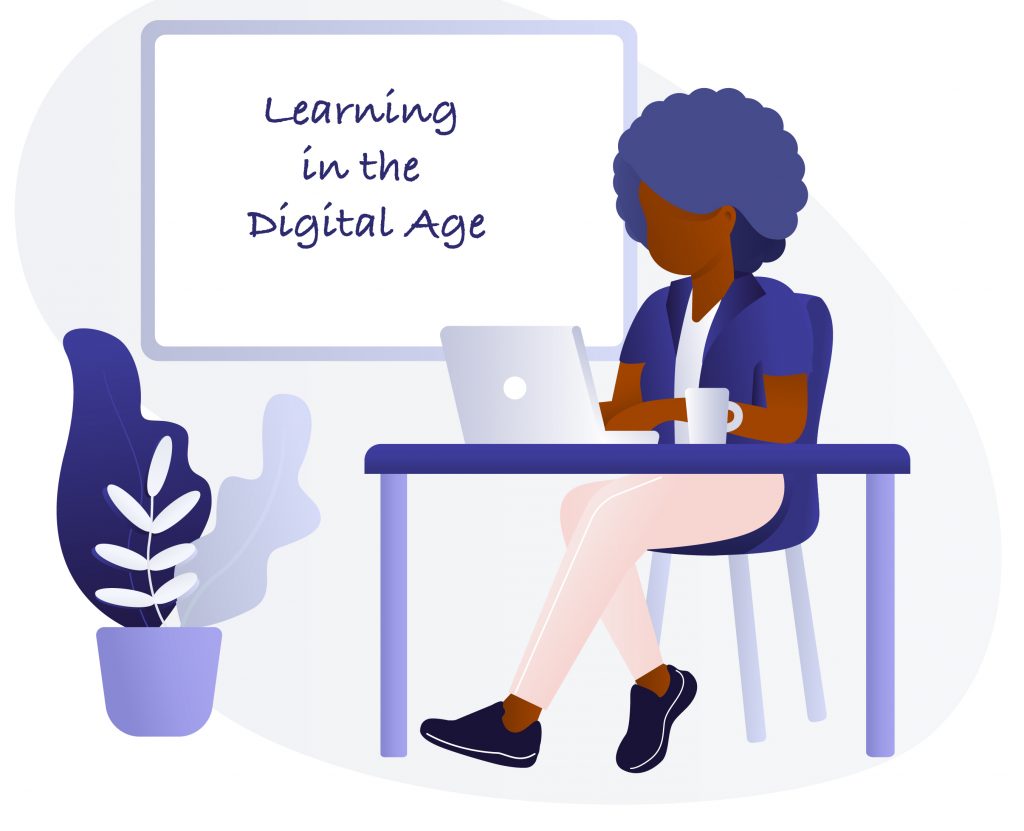Introduction
Tutaleni I. Asino
Oklahoma State University

This book is a work in progress; and I hope it remains that way in perpetuity. This book is a minor attempt to contribute to the vast repository of Open Educational Resources. It is aimed to serve as a textbook for classes exploring the nature of learning in the digital age. The genesis of this book is a desire to use OERs in all my teachings, coupled with the realization that the resources that I was looking for were not available and as such I needed to contribute in creating them.
In August 2015 I began teaching a course called learning in the digital age at Oklahoma state university. I inherited the course which has been part of the educational technology program. Broadly, the aim is to expose students to research, theory, and practice to build a foundational understanding of digital learning. The focus is specifically on how technology, influences, mitigate, and support learning practices and processes.
Over the years many themes have emerged. For example, one of the assignment ‘my life without,’ the students comment on a technology they could not live without. A common theme that emerges is the value we placed on mobile devices. Not surprisingly most of us cannot imagine life without smartphones, tablets, etc. Yet, in education we tend to deny our learners the very tool that we find hard to live without. This brought up questions on If mobile devices/social media are crucial, why then do we not make most of them in our teaching and learning practices? Other questions that inevitably follow are: what happens to those who cannot access the tools necessary to learn in the digital age? Do we just leave them behind? How about the adult learners who feel intimidated by the tools?
When discussing learning in the digital age, most focus on the technology first. However, the emphasis made in this book and the class is that it’s about the learner not just the technology. One of the things that is easy to lose track of when talking about learning in the digital age is the learner. Technology is important and it has significant impact but it is still about the person who is using the technology. Many people conflate learning in the digital age with technology in today’s age. This important misconception is common and results from our failure to examine our understanding of what “learning” really is. Of course, Most of this depends on a person’s epistemology. There are numerous definitions of what learning is and often they come to how a person sees the world. Some argue that learning is about a change in behavior due to experiences, others state simply that learning is being able to do something new that you were not able to do before. Regardless of what side you choose, to understand what learning in the digital age is, one has to understand what learning itself is.
As I said at the beginning, this book is a work in progress; and I hope it remains that way in perpetuity. This means that the chapters in the book are not designed to be the final note on any issues (not sure if any text is ever finite). The chapters in this book are varied, covering topics from games, digital divide, finance, proctoring and many others. The authors where given freedom to interpret what learning in the digital age means to them and to cover topics that they believe relate to the topic. The hope is that the reader gets ideas from the text and contributes their voice in terms of suggestions or their own chapters. This is only the first version, with more chapters to come. I hope further editions will continue to add to the repository of OERs and our understanding of Learning in the digital Age.
I am immensely thankful to the authors for sharing their ideas freely and for the reviewers who volunteered their time to give feedback.
This resource has also been selected and included in:
This resource is no cost at https://open.library.okstate.edu/learninginthedigitalage/

